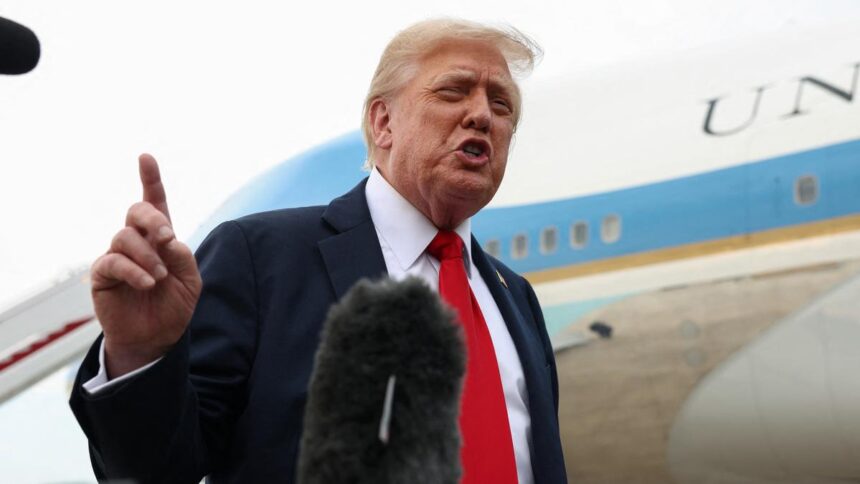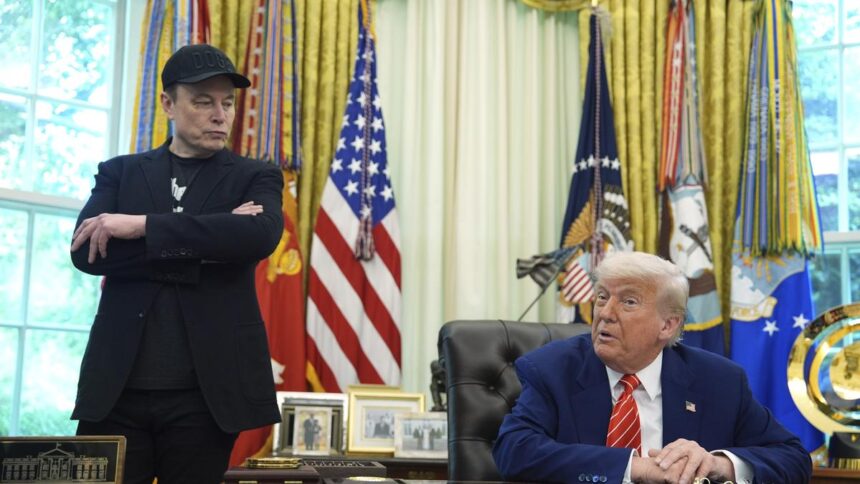According to a report published in June by a U.K.-based charity, nearly 6 million donkeys are killed every year globally to produce a traditional Chinese medicine called Ejiao. This problem of animal cruelty, according to data and reports, is fuelled by a gap between demand and supply in China. It has also led to many other issues spanning multiple countries across continents.
The demand for Ejiao in China, a medicine derived from the gelatin in donkey hides, has surged in recent decades. It is believed to have many health benefits, such as improving the immune system and curing anaemia though these benefits are not scientifically proven.
In 2013, about 3,200 tonnes of Ejiao were produced, which required more than 1 million donkey hides. The amount of Ejiao produced increased by 390% to 15,700 tonnes in 2021, which required close to 6 million donkey hides.
The Donkey Sanctuary, a U.K.-based NGO, estimates in a report, ‘Stolen Donkeys, Stolen Future’, that this will increase to 18,000 tonnes by 2027. In other words, China will require 6.8 million donkey hides then. The chart below shows the amount of ejiao produced and the estimated number of donkey hides required
Data shows that meeting this surging demand for Ejiao, a booming industry in China, has come at an unsustainable cost. The donkey population in China has declined considerably in recent decades, as rising demand for donkey hides has outstripped domestic supply.
The donkey population plummeted from 11 million in 1990 to just 1.5 million in 2023 — that is, by 87% over in over three decades. The chart shows the donkey population in China across years (in millions).
As a result of this supply gap, China has had to import donkey hides from countries in South America, such as Colombia and Brazil; and in Africa, such as Ethiopia, and Kenya. Data shows that African countries accounted for 51% of all equine hides imported by China in the last decade (2015-2025), followed by South America and Asia. The chart shows the region-wise share of equine hides imported by China in the last decade (2015-2025)
Foals, adults, pregnant, or even injured donkeys are transported in poor conditions and ultimately pushed into slaughterhouses to fuel this international trade. This poses the risk of not only zoonotic diseases, but also the exploitation of already vulnerable donkey populations worldwide.
This has been evident in some African and South American countries, which have recorded steep declines in their donkey populations as a consequence of their trade with China. The chart shows the donkey population in select African and South American countries
In Egypt, for instance, the population of donkeys decreased from 3.1 million in the 1990s to 1 million in 2020s (68%). Steep declines were also recorded in South Africa, Brazil, and South Africa.
The trade has also come with a cost for communities that rely heavily on donkeys. For vulnerable groups in some of these countries, donkeys play a vital role in transporting goods and meeting domestic needs, supporting the livelihoods of many poor families.
The Donkey Sanctuary points out that when donkeys are stolen, it is often women who are forced to take on the work that the animals once did. In Ghana, girls are even pulled out of school early to shoulder these burdens.
The report also shows that the trade has led to a surge in donkey prices. For instance, the cost of a donkey in Kenya increased from £78 in 2016 to £156 in 2019. News reports show that the price of a donkey in Pakistan, China’s latest market, had surged to ₹2 lakh in June this year.
Although the African Union imposed a continent-wide ban on donkey exports in 2024, there continues to be a surge in illegal trade in donkey hides in many countries, with families frequently reporting that their animals are being stolen.
The data for the charts were sourced from the Donkey Sanctuary’s report ‘Stolen Donkeys, Stolen Futures’, the Food and Agriculture Organization of the United Nations Database, and the General Administration of Customs of the People’s Republic of China (GACC)
Published – August 20, 2025 07:00 am IST






















